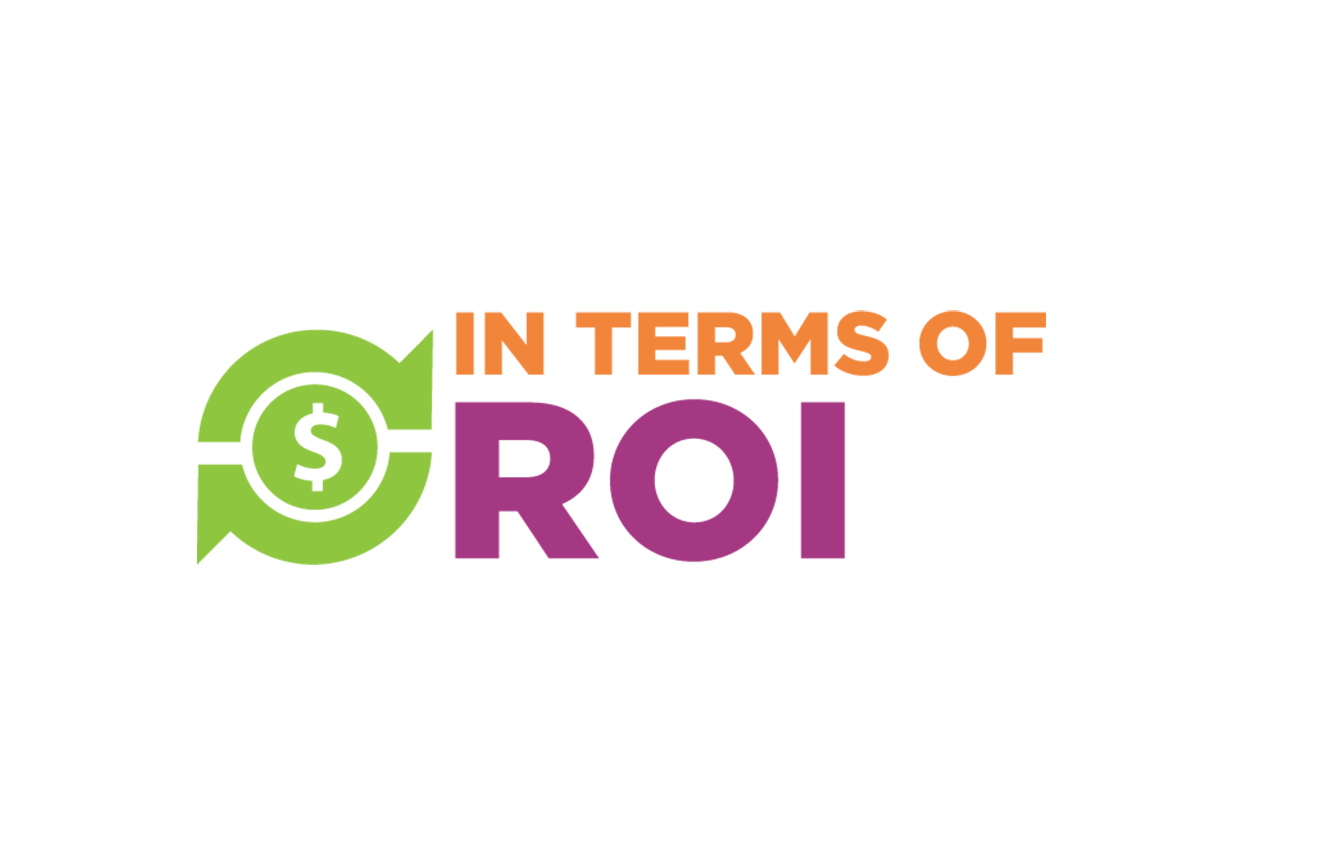Reaching the Right People Based on Highest Quality Data

Many decisions being made today by marketers are heavily influenced by the expectation that deterministic targeting will soon be only a memory, as a result of the global privacy blowback triggered by massive abuses of the past two decades.

Even today these abuses persist. Some are privacy invasions which creep out consumers, such as when my wife uses a word in a cellphone conversation, and receives ads moments later, evidently guided by that spoken word. Some are perhaps unintentional deceptions, mostly gulling marketers, such as when muted postage-stamp videos playing alongside editorial text are classified as “instream”. When the world’s most advanced medium springs like Topsy from the minds of hordes of people, it will be a “wild, wild, West” until regulators catch up, and when they do, as we have seen, they tend to perform surgery with machetes, with the possibility of doing more harm than good.
When I led the industry’s first Privacy Principles in 1995 with the ANA, 4As and ARF (“CASIE”), over a hundred individuals involved all agreed, but we forgot to practice constant re-dissemination, and within ten years the good intentions were fraying because almost no one even remembered them. So now we are here waiting for the last shoe to drop on deprecation, and preparing to fall back on content-based targeting, which had not been so bad after all.
But wait! What about Addressable TV? It has never been soiled in the same way, and never needed cookies, and with streaming gradually taking over, all of TV will soon be addressable – what will happen there? Will privacy gadflies insist on opt-in rather than opt-out? Will marketers and TV media provide suitable incentives for opt-in, and control the user experience so that consumers appreciate the relevancy and do not experience creepiness?
My 1990s company Next Century Media introduced programmatic addressable commercials, set top box data, and a machine-learning-driven program recommender, and with John Hendricks, I co-chaired the Addressable Advertising Coalition (AAC), whose members included all of the top 20 agencies, TV networks, MVPDs, P&G, GM, set top box manufacturers, industry associations, et al. The AAC set the pricing rule: addressable commercials would be priced so that the CPM against the true target group went down, as compared against the CPM currently being paid against the true target. For example, if GM’s true target was new car buyers, representing about one in five US homes, and if GM paid an average CPM of $10 across all media, they were really paying $50 CPM against new car buyers. So, the AAC said, offer GM a CPM of less than $50 against new car buyers.
Like the privacy principles, this AAC pricing principle was also quickly forgotten. Nowadays people complain about the gross CPM of addressable commercials, without using the benchmark of what the CPM against the real target group is, in non-addressable TV or in digital, where almost all of the targets are probabilistic, due to the pervasive penny-wise and pound-foolish practices. It’s embarrassing to see so many brilliant people acting so naively. The whole idea of addressable was to save you money, allowing you to reach only the types of people known to be most sales-responsive to whatever you were selling, and not having to pay for waste. The wise and proper way of calculating the relevant metrics has fallen off the table, impeding the use of addressables.
In CPG, auto, and Rx, three categories which account for half of national US enterprise level adspend, deterministic purchase data exists for use with addressable TV. Sure, it costs more than probabilistic targets. Do the random control trials to verify the responsive target and then do the math: you will see that the deterministic targets and addressable TV together more than pay for their own costs, they also get the highest ROAS.
The TV networks have a track record of being able to produce great television programs that attract large audiences. The MVPDs are the broadband internet service providers for two out of three US homes, and have exact knowledge of which house is which. Deterministic purchase data matchable to these homes exist for half the adspend on a third party basis, and financial services, travel, telecom, and many other types of advertisers have their own direct match purchase data. By business cooperation, the MVPDs can make all TV inventory addressable, and as TV networks grow their streaming businesses, eventually the data will be there to make virtually all US homes addressable, in an ethical and responsible manner that will be a win for all parties involved in creating great video content and/or distributing or sponsoring it or viewing it.
In the meantime, a mixture of addressable and content-targeted solutions needs planning tools, and if you’d like to be part of designing them, please let me know.
Right now there is one form of programmatic digital that is invulnerable to deprecation. RMT (Research Measurement Technologies) and its partner Semasio target people based on analysis of their motivations as gleaned from the digital content they consume (non-personally Identifiable but hashed-ID-persistent), so you can reach people likely to be motivated by your specific ad. Since Semasio sees the past content consumption and the hashed ID, no ID graph is needed to match to targeting data from a separate database, so that the average 49% error rates now being found by Truth(set) in ID graphs can be entirely circumvented. Neustar showed a +95% increase in incremental sales in a random control trial (RCT) done for a major retail chain, using RMT/Semasio methodology.
Buying cheap and using the phrase “good enough” used to be a way to cover one’s butt in this business. Hopefully those days are gone forever. There is no good enough replacement for the highest quality data and best practices.
Posted at MediaVillage through the Thought Leadership self-publishing platform.
Click the social buttons to share this story with colleagues and friends.
The opinions expressed here are the author's views and do not necessarily represent the views of MediaVillage.org/MyersBizNet.


